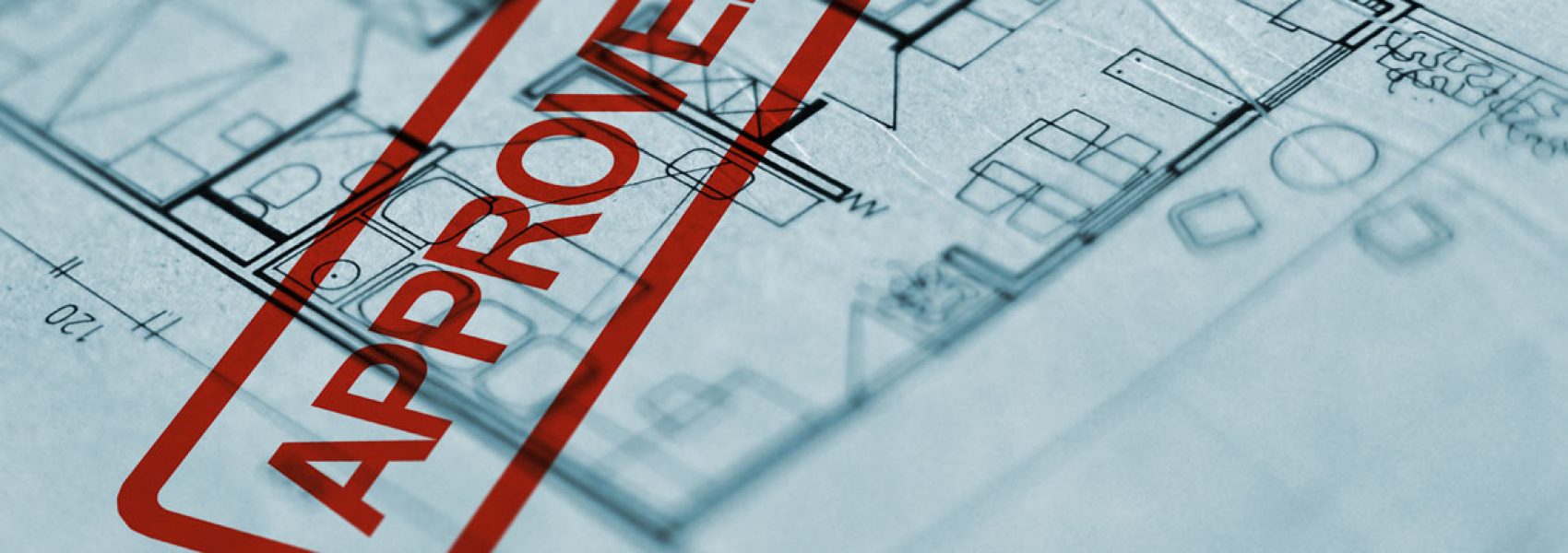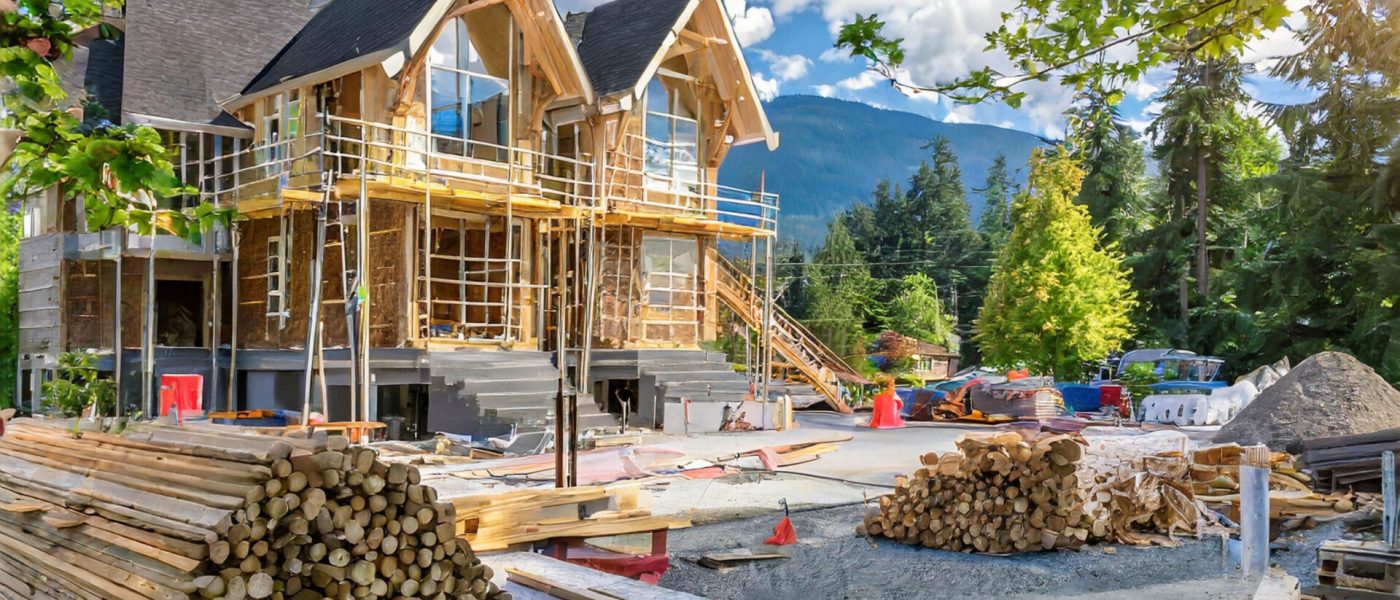In the design and construction domain, designers often abstain from applying for permits on behalf of their clients due to several compelling reasons. Firstly, designers typically concentrate solely on permit drawings, thereby establishing clear boundaries between their responsibilities and those of architects. Moreover, concerns about potential liability risks and legal implications loom large, as errors during the application process could lead to legal challenges for designers.
By entrusting clients with the responsibility of handling permits, designers empower them to take ownership of their projects, aligning with industry standards and fostering smoother interactions with builders. This approach not only upholds professional standards but also ensures efficient resource allocation and enhances client satisfaction throughout the project journey.

- Architectural vs. Design Role: While architects are deeply involved in all stages of construction, designers typically focus solely on permit drawings.
- Clear Boundaries: Designers delineate their role, clarifying that applying for permits isn’t within their scope.
- Agent Liability: Acting as the client’s agent in permit matters can expose the designer to legal risks.
- Potential Errors: Mistakes in the application process could lead to legal liabilities for the designer.
- Control Over Permits: Allowing clients to handle their permits gives them more agency and control over their project.
- Flexibility: Clients can decide when to proceed with permits based on their project timeline and preferences.

- Maintaining Neutrality: Not being the permit agent helps maintain impartiality between designers and builders.
- Builder Communication: Direct client involvement in permits allows builders to interact directly, streamlining communication and processes.

- City Interactions: Designers are responsible for addressing city requests such as Requests for Information (RFIs), clarifications, and revisions related to permit drawings.
- Scope Adherence: These interactions fall within the scope initially quoted to the client.
- Timely Responses: Designers ensure prompt responses to city inquiries to facilitate the permit process efficiently.
- Professional Communication: Handling city communications professionally and accurately reflects positively on the designer and the project as a whole.
- Coordination: Designers may coordinate with clients and relevant consultants to address city requests effectively, ensuring all necessary information is provided.

- Educational Role: Designers can educate clients on the permit process, empowering them to navigate it effectively.
- Resource Allocation: Focusing on design rather than administrative tasks ensures designers allocate time efficiently.
- Industry Standards: Aligning with industry norms, where designers typically don’t handle permits, establishes professional boundaries and expectations.
By not applying for permits on behalf of clients, designers uphold professional standards, mitigate liability risks, and empower clients to take ownership of their projects while fostering smoother interactions with builders.







